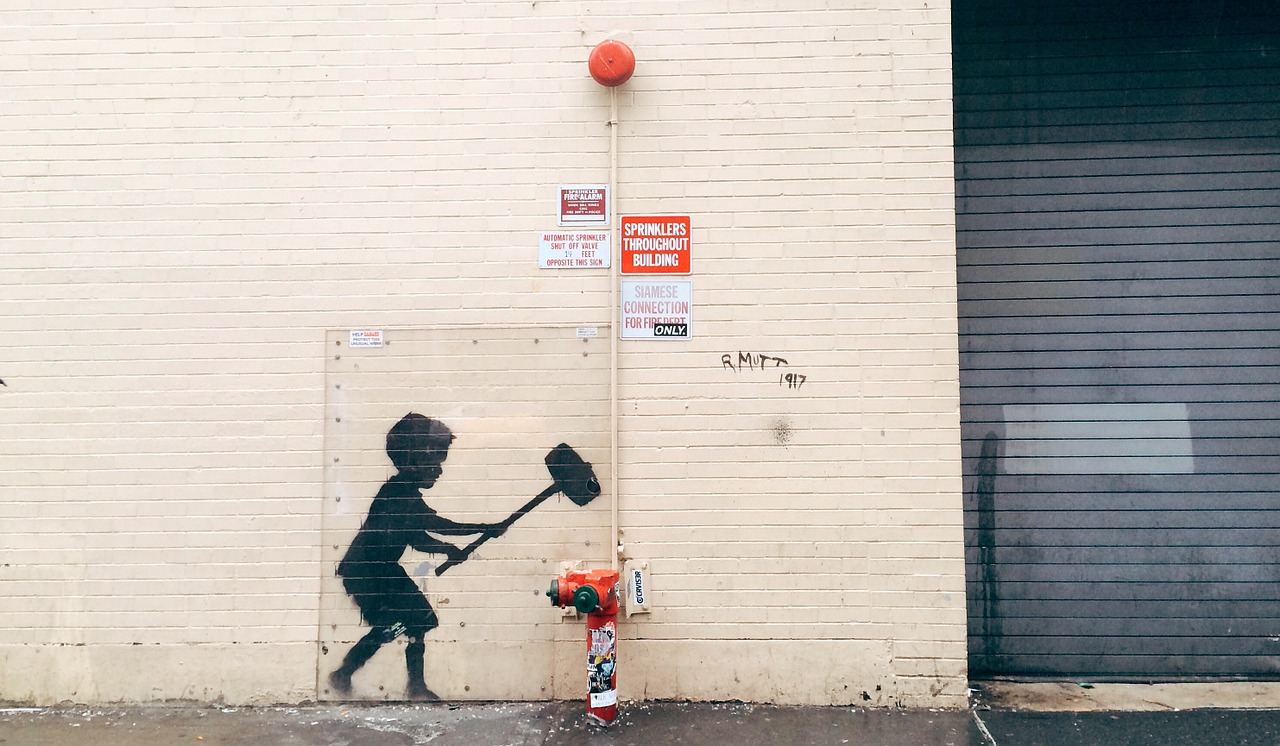The complex history of street art has been constantly evolving from the early 20th century to the beginning of the 21st century into what can only be described as intricate, interdisciplinary forms of artistic expression. Contemporary street art exists in the form of graffiti, prints, and murals, and has expanded to include large-scale paintings and artist collaborations, street installations, as well as performative and video art compositions.
The History of Street Art:
The earliest form of street art was graffiti, which was the work of New York deviants and gangs–as first seen on the sides of trains and buildings in the 1920-30s.
Street art was also seen throughout Latin America in the 1950s.
As evident in The History of American Graffiti, by Roger Gastman and Caleb Neelon, the 1970s-80s were a turning point for street art. In response to the socio-political environment, young people turned to street art as means of self-expression to create meaning out of current events. Although the act of defacing private property was illegal, this social movement spread like wildfire. Soon, everyone was noticing this phenomena started by subversive youths–photographers, like Martha Cooper, began capturing the works of graffiti artists, which would eventually be displayed in art galleries across the world. Even fashion became a means of spreading the Street Art movement. There are a lot of Famous Graffiti Shops in all around the world that sell apparel inspired by the work of street artists. Check them out!
Contemporary Street Art:
Today, street art can be found throughout the world. In fact, Highlighted in The World Atlas of Street Art and Graffiti are the world’s most influential urban artists and their work. The Atlas further details the evolution of street art and graffiti within each region and features more than a hundred of the most renowned street artists.
As street art is becoming more popular, artists are using different techniques to create to create their artwork. In fact, stencils are just as important to street artists as graffiti, as artists began to experiment with different methods of creating art and most importantly, for expressing socio – political activism, especially as a means of resistance. This lead to the expansion of street art to include murals, film, and other forms of performative art expression. Notably, it is through the work of artist, Banksy, in his documentary, Exit Through the Gift Shop that changed the way the public viewed street art.

